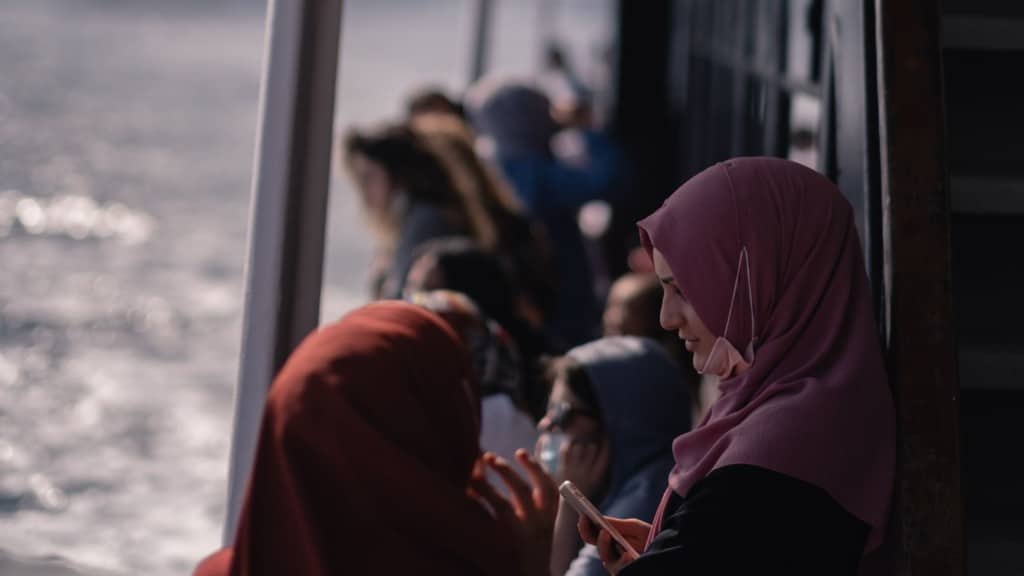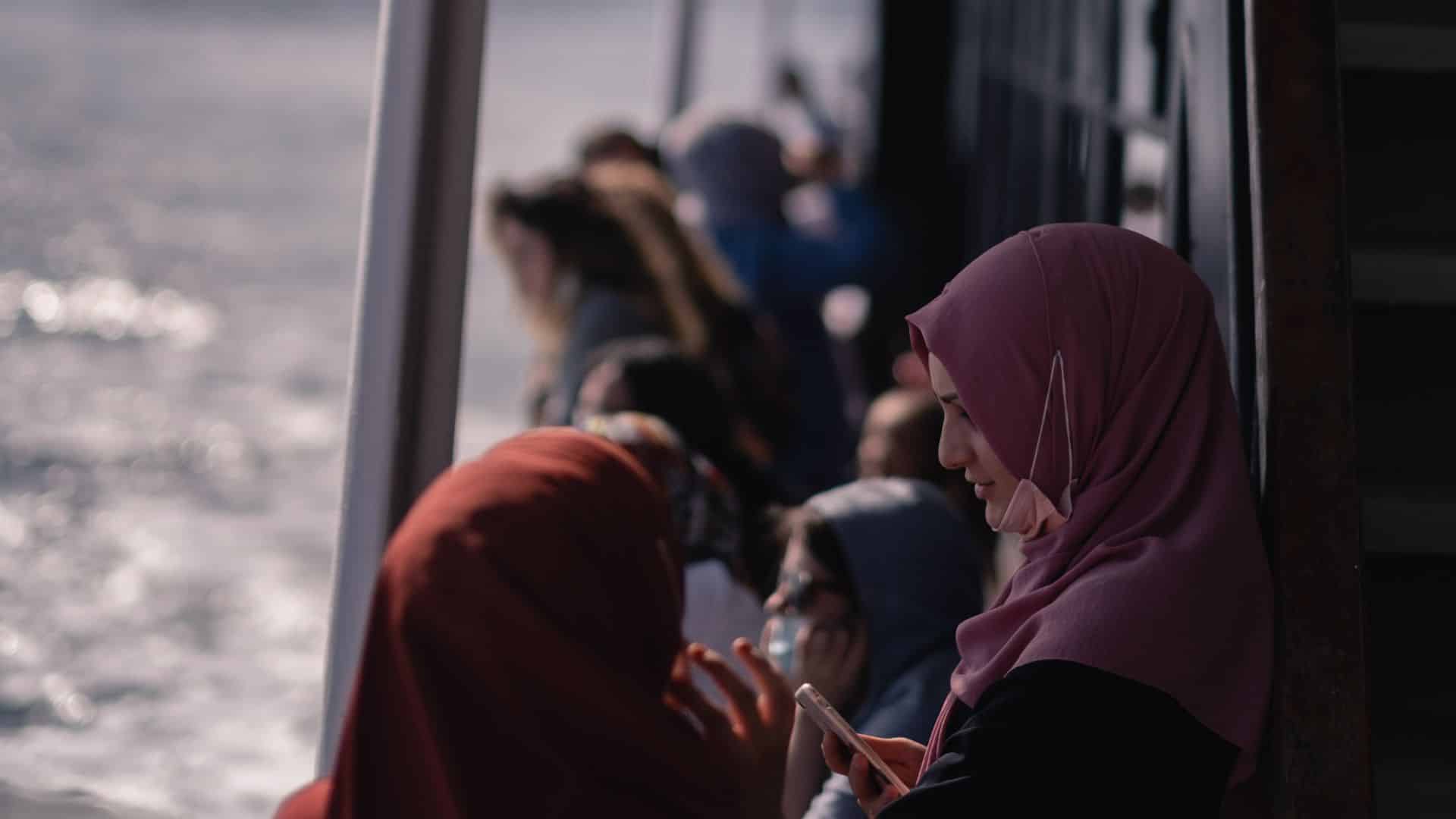It sometimes feels like, in order to participate in ‘responsible tourism’, you have to have a perfectly responsible tour.
However in reality, running carbon-neutral, plastic-free, 100% locally run & operated tours are not always possible to achieve.
In fact, it’s quite impossible unless you have the funds, resources, and time*.
But that shouldn’t stop you from small steps and doing the most that you can.
In this article, I’ll outline an easy way to evaluate the local impact of your tours- whether you’re an operator creating tours or a tour guide giving tours for other companies.
*The Triple Bottom Line: People, Planet, Profit has ‘profit’ in there for a reason. You can’t have a positive impact if you’re not making money. Because without money, you can’t run a business.

Share this article
How to evaluate for positive and negative impacts to create a more responsible tour.
1. List your tour’s impact across three categories; Economic, Environmental, and Social
Your tours can affect the local community in both positive and negative ways. In this first step, list out as many as you can think of.
Some examples across each of the categories;
ECONOMIC
+
The tour purchases items/patrons local businesses
Your company hires locals
On the tour your guide points out local shops to recommend to guests (even if the tour doesn’t actually stop there)
The tour visits a neighborhood that does’t usually benefit from tourism dollars
–
Your company operators in a different city/country than where you run tours
Goods used during the tour (gifts for guests, tour guide branded gear, food samples, etc.) are purchased from a company that isn’t local
Your tour visits an attraction that is owned by a multi-national corporation
You pay low compared to the local wages
ENVIRONMENTAL
+
Guests take publics transportation on your tour
You show guests where to refill their water bottles
You teach guests how to use public transportation (for the rest of their trip)
Your tour features local and seasonal ingredients
–
Your tour involves planes or private vehicles
You give guests plastic water bottles
You accommodate guests with more Western food options (that either aren’t local and/or in season)
SOCIAL
+
The tour promotes and preserves traditional practices and culture
You instruct guests on local good manners and customs (e.g. how to politely greet someone when you enter a shop and how to say ‘thank you’ in the local language)
Your guides take care to promote good ‘tourist’ behaviors and make guests away of the local impacts of their travels
–
The tour visits an attraction that commercializes local culture/traditions
The tour sticks to areas that are overcrowded from tourism (and where local shops/residents have been pushed out)
Related articles:
2. Eliminate any negative impacts you can
While some negative impacts might be impossible to eliminate, others might be easily replaceable.
For example, on a food tour that visits a coffee shop, you might be able to ask for ceramic cups to replace the disposable cups the shop normally gives you. Or perhaps, in a city that has lots of public drinking fountains, you can stop buying plastic water bottles for your guests and instead have the guide make sure to stop often at the fountains.
For the bigger negative impacts that are more ingrained in your tours, is there a small step you can take now to make it less harmful?
Remember, it’s ok (and totally normal) for your tour to have negative impacts.
3. Balance your responsible tour by adding in more positive impacts
Now that you’ve eliminated as many negative impacts as you can, see where you can add positive impacts.
For example, adding in an extra stop at a local business, or having your guides talk about how to be more respectful visitors.
Bonus- this is a great brainstorm activity to do with your guide team.
The goal is to have more positive than negative impacts in each of the categories.
As your tour evolves over time, the effect it has on the local community will shift as well. It’s a great practice to reevaluate your tours at the end of each season to see how you can improve for the following year.


